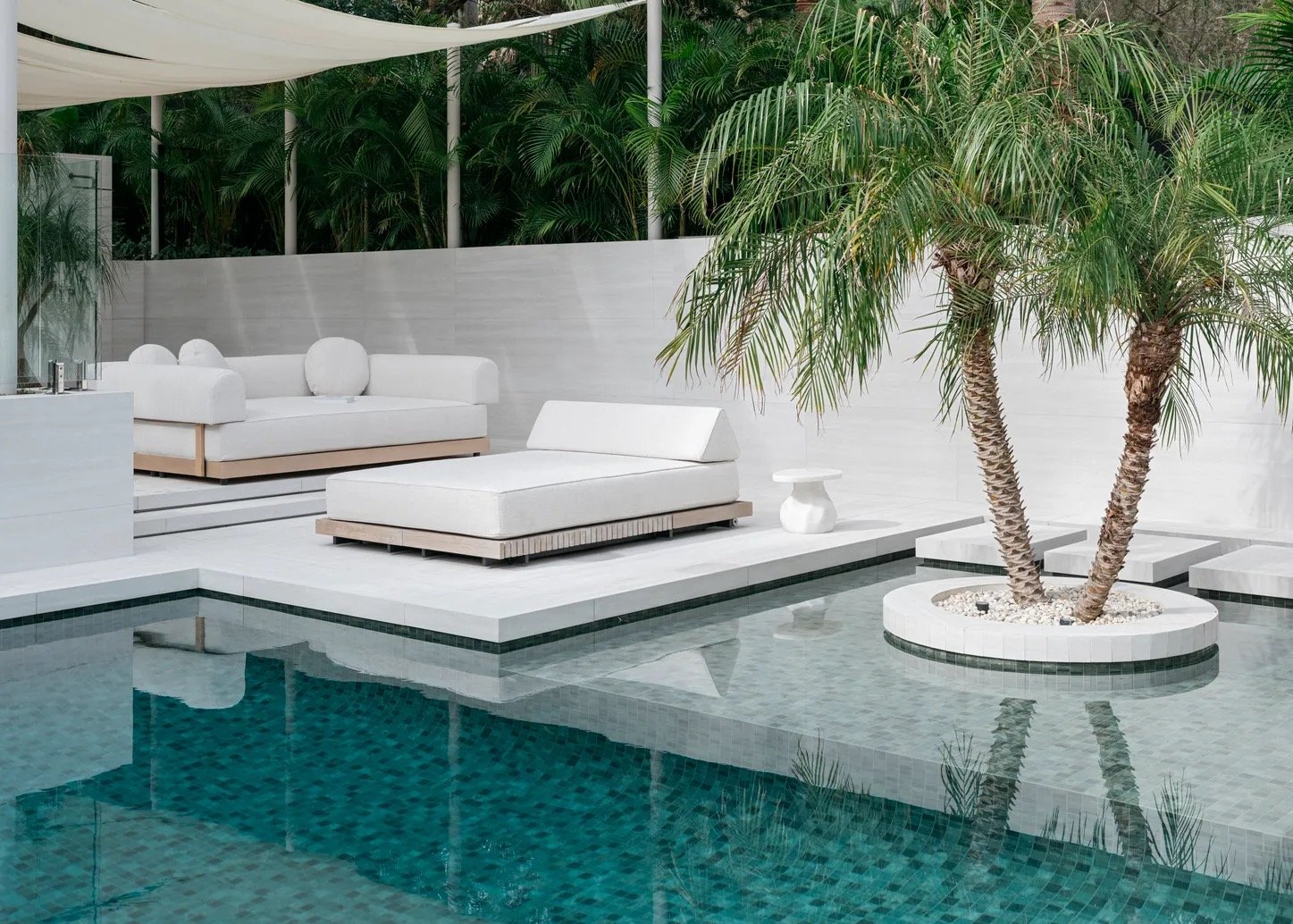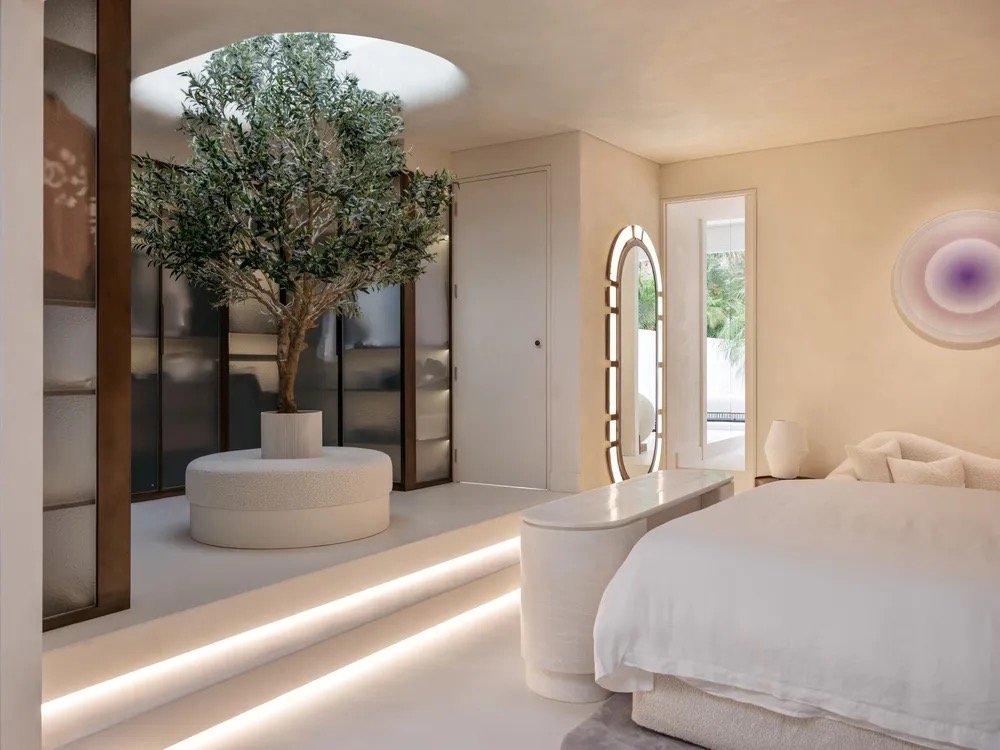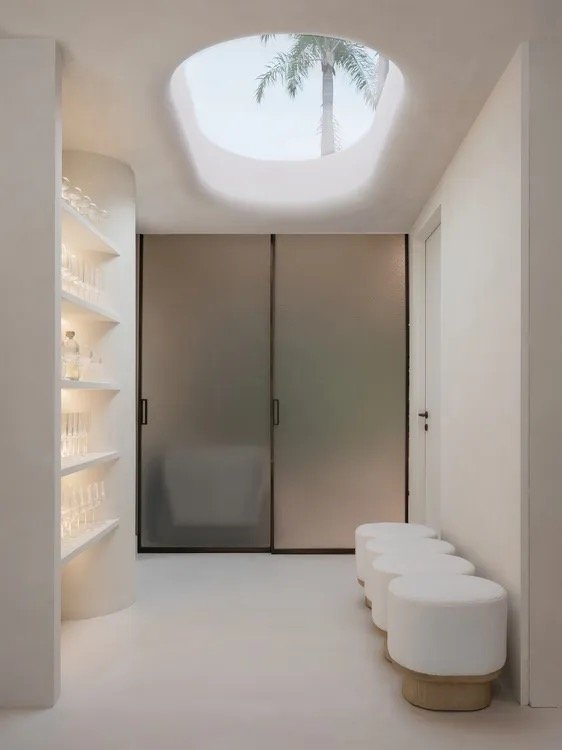The future of luxury is quiet, invisible, and impeccably clean. In a world where wellness has become the ultimate currency, a new kind of high-end home is emerging, one where medical-grade air and water systems are not amenities, but essentials. This is architecture designed not just to house you, but to heal you.

The Rise of Wellness Architecture
Wellness architecture has emerged from the intersection of biomedical science, environmental health, and contemporary design. Particularly in urban and coastal environments, where air and water quality can be compromised by pollution or ageing infrastructure, high-end residences are being re-engineered to act as biological sanctuaries.
This new approach to luxury living focuses on invisible infrastructure- discreet, technologically sophisticated systems that deliver medical-grade purity while preserving architectural integrity.
Medical-Grade Air: Breathing Clean by Design
Indoor air quality is one of the most overlooked health determinants, despite Australians spending upwards of 90% of their time indoors. High-net-worth homeowners are increasingly investing in HEPA and ULPA filtration systems, UV-C disinfection, and bipolar ionisation technologies- capable of neutralising airborne pollutants, allergens, and pathogens to a clinical standard.
These systems are typically integrated within ducted HVAC, coffered ceilings, or custom cabinetry- offering advanced purification without compromising interior aesthetics. More sophisticated homes also include environmental sensors that monitor particulate matter, humidity, and volatile organic compounds (VOCs), with AI-driven systems adjusting airflow and filtration in real time.
This evolution moves beyond conventional air conditioning. It positions air itself as a curated and controlled element—essential to cognitive clarity, sleep quality, and immune health.

Water Systems as Health Infrastructure
The quality of household water is an equally critical factor in long-term wellness. Whole-home water purification systems, now commonplace in the upper tier of the property market, remove contaminants such as heavy metals, chlorine by-products, microplastics, and pharmaceutical traces.
Beyond purification, many residences now incorporate alkaline remineralisation, structured water technologies, and UV sterilisation, ensuring every tap delivers water that supports hydration, detoxification, and cellular repair.
These systems are largely invisible to the eye and housed in mechanical plant rooms or integrated into bespoke kitchen and wellness zones, yet they represent a radical upgrade to the way water is experienced in the home.
Health as a Strategic Asset
For individuals, these innovations are not merely lifestyle upgrades- they are part of a broader strategy around longevity, performance, and asset growth. According to the Global Wellness Institute, the wellness real estate sector is projected to exceed USD \$900 billion by 2028, driven by a global demand for homes that protect and prolong life.
Properties with integrated environmental health infrastructure now command significant premiums and are increasingly viewed as generational investments, enhancing both market value and human capital.

Designing for Longevity
The integration of medical-grade air and water systems into luxury homes reflects a deeper philosophical shift: that our homes should not only shelter us from harm but actively support our wellbeing.
As wellness architecture continues to evolve, these systems are no longer considered add-ons—they are becoming the new baseline of modern luxury. In this emerging era, true affluence is measured not only by where you live, but by how your home helps you live well.
Written By: Claudia H
Published: 26th August 2025